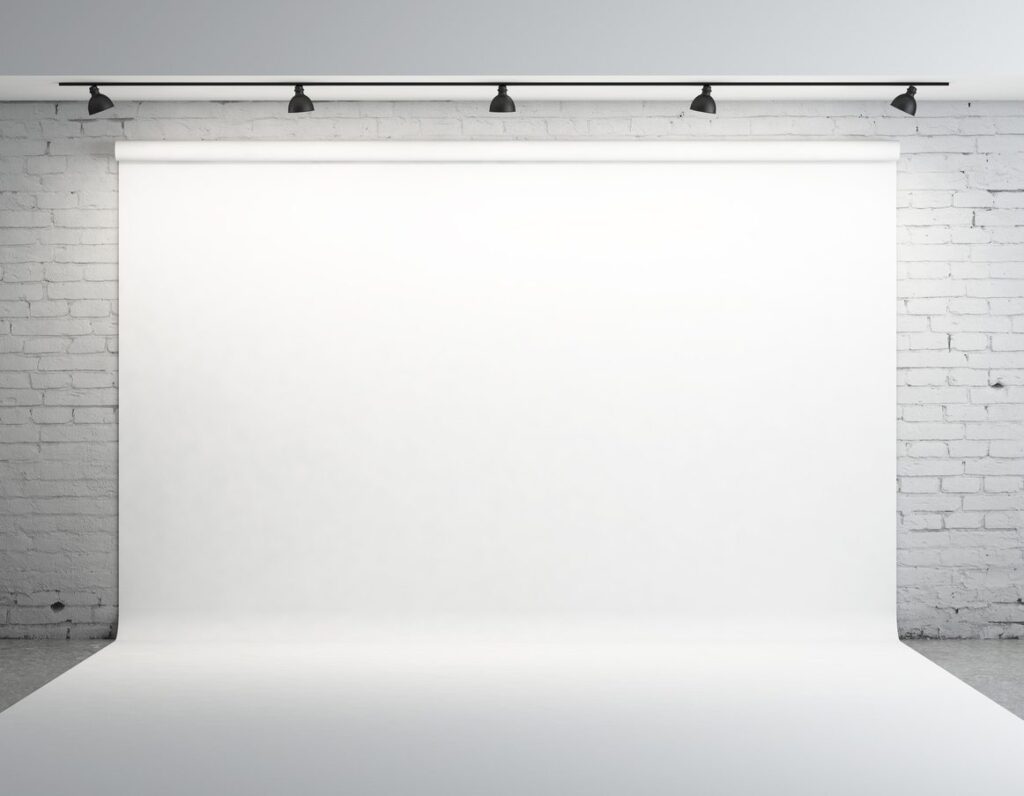People these days are surrounded by information, images and other stimuli. It used to be that Internet pages were crammed full of banner ads, widgets, pictures and more. Now, you’ll notice the leading designs out there favor what we call white space. It’s essential you understand what white space is, and how to use it to make your page more inviting.

White space is also called negative space. It quite literally means a portion of the page where there’s nothing, or it’s blank. There are no graphics, text, images or any other design elements. Technically, the space could be any background color, not just white. Instead of being a waste, white space is highly valuable.
Modern web users are in stimulation overload so much, they flee busy websites. Having plenty of white space on your page makes it appear more luxurious, higher-end and inviting. People will spend longer on site, which will reduce the bounce rate and improve the search ranking.
If you visit sites like Google or Apple, both are masters of using white pace. The pages aren’t crammed full of things, but instead have plenty of emptiness. You’re not rushed to do what you need, but instead feel like perusing things a little more.
You can add more white space by increasing the spacing between lines of text. Instead of a large block of the written word, having more background inserted around the words can make it feel lighter and more premium. People find it easier to read these kinds of layouts, and they can scan through to find what they really need.
Really clever web designers use white space to guide a user’s attention to certain elements. You should have a call to action, and white space can make it really jump out, without resorting to flashing graphics. It can also highlight important information, increasing the value of your site. The more valuable your site is, the more people will visit it, and the more you stand to make.
